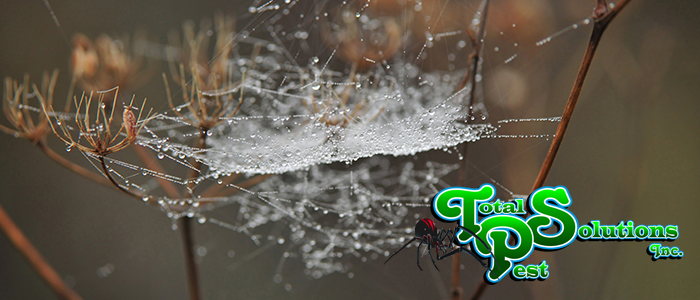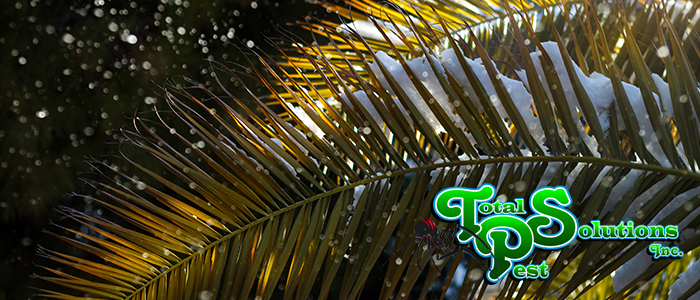
Termites are the most common – and most irritating – household pests around the world. However, there is more to these little insects than their annoying appetite for wooden floors and walls. Here are ten little known facts about this common household pest.
As waste recyclers, termites play an important ecological role.
Termites help keep forested ecosystems healthy and pave the way for new growth by eating decaying vegetation. This diet becomes a problem when they come into contact with wooden buildings.
Termites fall into 3 ecological groups.
Termites can be divided into 3 groups: dry wood, damp wood, and subterranean. Dampwood termites only live in deciduous forests, and dry wood termites live in hardwood forests. Subterranean termites build their nests and tunnels underground and live in a variety of climates.
Out of the three groups, dry wood termites cause the most damage.
In the southern United States, dry wood termites cause an estimated $1.5 billion dollars of damage every year. Unfortunately, most insurance policies don’t cover termite damage, which can usually be prevented through routine home maintenance.
Termites live on every continent except Antarctica.
Termites have successfully colonized almost every continent on the planet. While their thin exoskeletons mean they can’t survive cold temperatures, that won’t stop termites from building a colony inside a warm house or cottage in a cold climate.
Only about 200 species of termites are actually pests.
There are approximately 3,100 classified species of termites. About 50 species live in North America, and out of those, only 18 species of subterranean termites and 10% of dry wood termites are considered pests.
Termites are considered a delicacy.
Termites are eaten by humans and livestock in cultures around the world. They are high in protein and fat, and are said to have a pleasant, nutty taste when cooked (we’ll have to take their word on this one!)
Termite queens have the longest life span of any insect.
Termite queens are responsible for laying eggs for the colony. Queens and termite “kings” mate for life and some queens have been reported to live up to 50 years!
Termite mounds are surprisingly energy efficient.
The cone shape of most termite mounds cause a natural updraft of heat towards the opening, naturally cooling the rest of the mound as temperatures rise outside. This solar chimney effect has been used throughout the centuries by cultures in warm climates and has become a popular way to achieve passive cooling in modern architecture.
Termite damage may be hard to spot until it’s too late.
Because termites like to hide, it’s hard to know if your home has termite damage just by looking at the outside. This is particularly true in the case of dry wood termites, which may only be detected after they’ve bored all the way through a wall or piece of furniture.
Subterranean termite damage is often confused with water damage.
Common signs of subterranean termite damage are blistering, dark spots, or swollen wooden floors and ceilings. Because these are also signs of water damage, the true cause may go undetected until their signature maze-like tracks become visible.
If you are facing a termite concern, be sure to give our expert staff a call right here at Total Pest Solutions.
continue reading
Related Posts
Davenport’s Spider Invasion: Managing Winter Web Builders As the temperature
Winter Palm Care in Lakeland: Cold Snap Protection Strategies Lakeland,
Holiday Pest-Free Homes in Winter Haven: Avoiding Cargo Pests As






